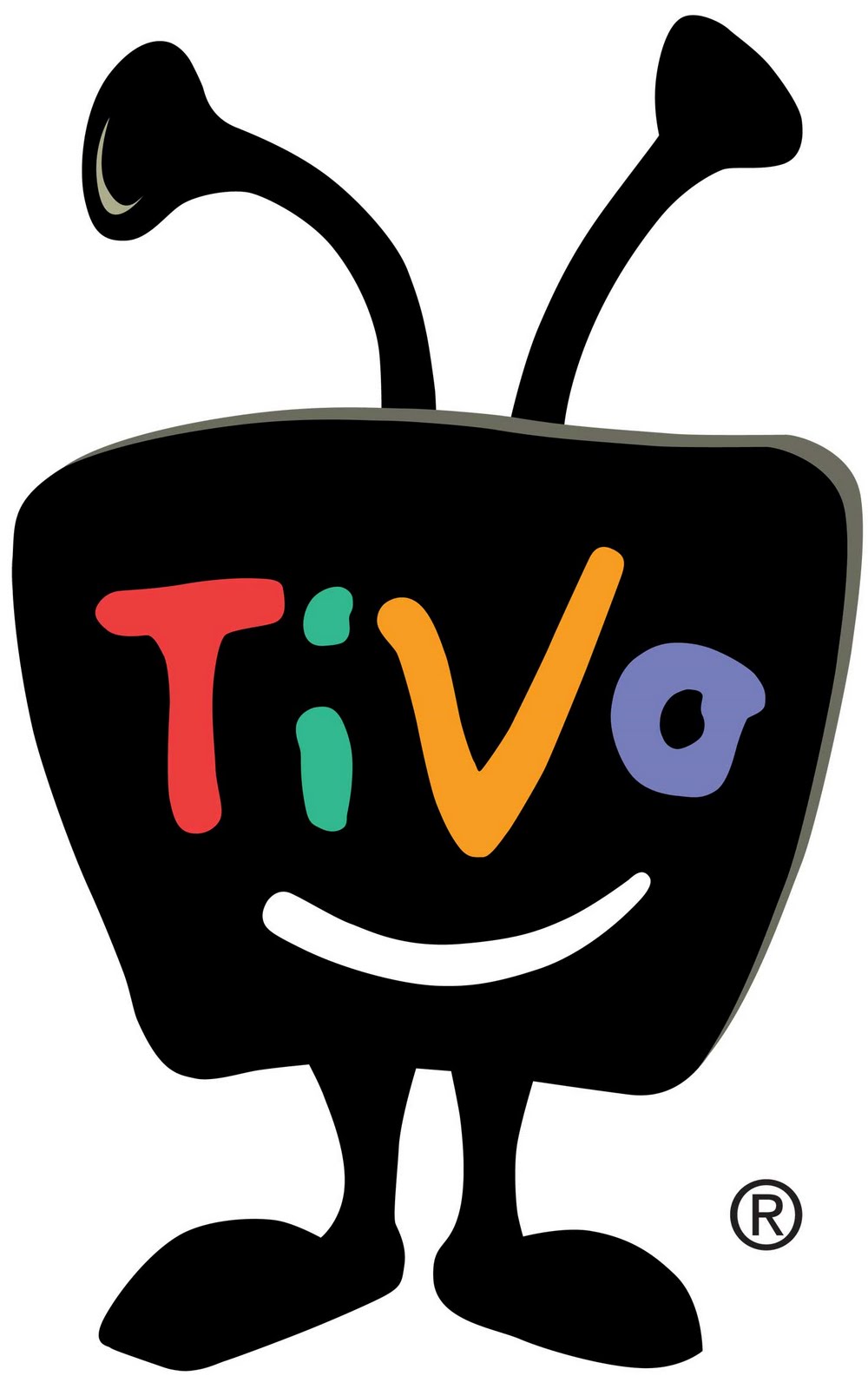Posts from ‘Guest Post’
This is a guest post by Charlie Fitzgerald, a second-year MBA candidate at the Crummer School of Business at Rollins College. He’s passionate about Technology, Entrepreneurship and Finance, and you can follow him on Twitter here.
———
To stimulate sales and build customer loyalty, it’s important that a company clearly communicates to consumers why their product is useful, and why the company is motivated to produce it.
There are two primary areas in the human brain involved in decision making; the neocortex which is responsible for rational, analytical thought, and the limbic brain which is responsible for judging feelings. When a consumer’s looking to buy, these two portions of the brain process information and collaborate to set a subjective demand for the product. Both processors are significant in decision making, but it’s the limbic brain that ultimately pulls the trigger.
 In 1999, Mike Ramsay, and Jim Barton, ineptly raced their new product, TiVo, to the market. TiVo was innovative, and the technology has significantly improved television viewing ever since. Although, in the company’s feckless hustle to deliver its product to the market TiVo executive’s overlooked one very important move. They didn’t effectively communicate to consumers why they needed a TiVo.
In 1999, Mike Ramsay, and Jim Barton, ineptly raced their new product, TiVo, to the market. TiVo was innovative, and the technology has significantly improved television viewing ever since. Although, in the company’s feckless hustle to deliver its product to the market TiVo executive’s overlooked one very important move. They didn’t effectively communicate to consumers why they needed a TiVo.
One year after going public, TiVo missed projected unit sales set by one market researcher by a staggering 93%. The few consumers who did purchase a TiVo unit in 1999 were swayed to buy initially because of rational appeal; while this is only part of the purchasing thought process. Early commercials explained what TiVo could accomplish, and how it worked, but failed to induce a visceral response in consumers. Instead of making it clear why they needed a TiVo, marketers of the company left it up to the consumer.
This communication failure by TiVo’s leadership adversely affected initial product sales and thwarted future customer loyalty. TiVo’s developers made out with a coined phrase, but the company’s marketing strategy left shareholders with nothing to show for.
In retrospect, TiVo’s leadership should have concentrated on three fundamental questions prior to launch. Who are we, and why? Who are our target consumers? How do we engage our target consumers to feel our purpose? Consideration of these questions would have allowed TiVo’s leadership to understand, and consequentially better communicate purpose to consumers.
To inspire consumer loyalty, business leaders must focus on appealing to consumer’s limbic brain by clearly illustrating why the product is beneficial, and clarifying why the company exists to produce it. A convinced limbic brain is the tipping point of a purchase, and the primary driver of consumer trust and loyalty.
——————————————————
Over the past several weeks, a television commercial has been promoting a TV with no edges. At first, I didn’t give it much thought, but then I became interested in the idea behind this “innovation”.
 Samsung is scheduled to roll out a new TV model multiple times a year. The time came and they were to release a new and improved product to consumers. While a TV with no edges seems like an interesting idea, are the two inch borders on most sets really that distracting? Every television I have watched has had borders along the side. Have I been deprived of the joy that comes from an edgeless television set for the past twenty plus years? Or are industries today so infatuated with the idea of innovating that it is often done simply for the sake of “innovation”?
Samsung is scheduled to roll out a new TV model multiple times a year. The time came and they were to release a new and improved product to consumers. While a TV with no edges seems like an interesting idea, are the two inch borders on most sets really that distracting? Every television I have watched has had borders along the side. Have I been deprived of the joy that comes from an edgeless television set for the past twenty plus years? Or are industries today so infatuated with the idea of innovating that it is often done simply for the sake of “innovation”?
For the most part, the word innovation within an organization is viewed very positively. Firms like Apple, Google, and Facebook are said to be revolutionary and innovative. The executives at these industry giants pride themselves on being some of the most innovative people of this era. I can guarantee Steve Jobs would never release a mediocre product simply to meet a schedule. The delayed launch of the iPhone 5 is a perfect example of this philosophy. Apple is clearly in a position to produce a slightly upgraded iPhone, but an innovator like Jobs could not stand the thought of half-hearted innovation. The iPhone 5 will launch several months “late”, but will no doubt continue to revolutionize the way mobile devices operate.
Most firms love the thought of innovation, but can’t depart from their structured, bureaucratic ways. The biggest waste of human capital is having employees that are incapable of using their creativity to change a company or even the world. To be a true innovator, we must be willing to adjust with the market in an effort to provide the consumer with a product they don’t even know they need yet.
So maybe we are just heading towards more edgeless televisions and pointless innovation, but I would like to believe true innovators are still creating value and changing corporate cultures across the globe. It’s time to stop settling for worthless innovation to meet a quota — let’s innovate to change the world.
